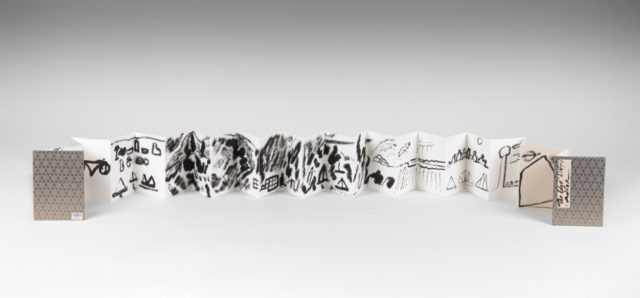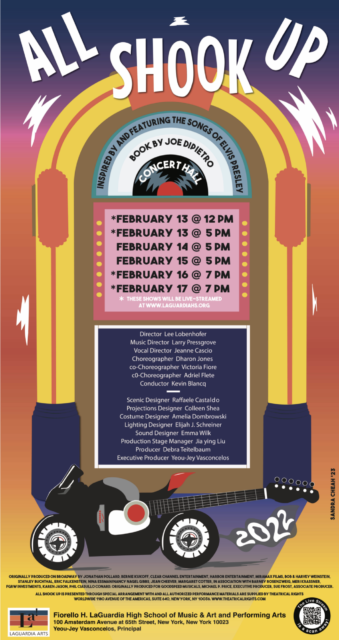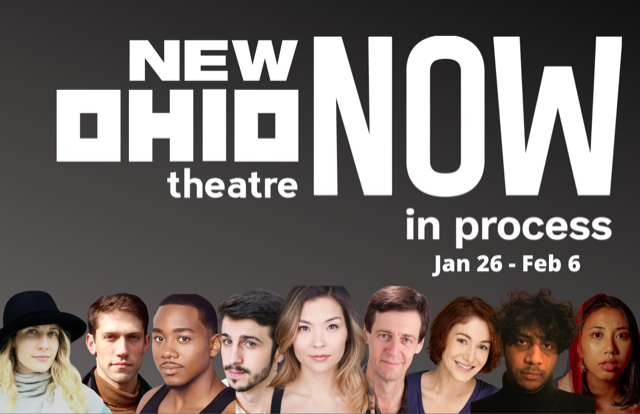
Eleanor Conway’s Vaxxed & Waxxed is part of 2022 FRIGID Festival
FRIGID Festival
The Kraine Theater
85 East Fourth Street between Second Ave. & Bowery
UNDER St. Marks
94 St. Marks Place between First Ave. & Ave. A
February 16 – March 6, $10-$20
www.frigid.nyc
Baby, it was cold outside, but it looks like winter will be warming up just as the sixteenth annual FRIGID Festival comes to town, taking place February 16 through March 6 at the Kraine Theater and UNDER St. Marks in the East Village as well as online. This year’s hybrid presentation from FRIGID New York features nearly two dozen shows, running the gamut from comedy, improv, performance art, and stand-up to storytelling, music, drama, and clowning. Among the mostly solo shows are Mark Levy’s Blockbuster Guy, about when Levy was a nerd working for Blockbuster in Florida; Jude Treder-Wolff’s Human Flailings, about psychotherapist and storyteller Treder-Wolff’s reaction to unexpected betrayal; Brian Schiller’s autobiographical Three Funerals and a Chimp, dealing with family loss; Matt Storrs’s Portly Lutheran Know-It-All, which goes back to Storrs’s days at a religious middle school; Grant Bowen’s A Public Private Prayer, in which Bowen discusses his relationship with God; and Amanda Erin Miller’s Smile All the Time, which includes puppets in prison.
In addition, As You Will provides improvised Shakespeare, two brothers travel back to the American Southwest in 1680 in Dillon Chitto’s Pueblo Revolt (which asks the critical question “Can we keep the pigs?”), Melody Bates’s immersive A Play for Voices is set in the dark, Megan Quick portrays a dog actress performing cabaret in And Toto Too, and Howie Jones challenges the audience in That sh$t don’t work! Does it? Also on the bill are Jean Ann Le Bec’s The Last to Know, Mike Lemme’s Bathroom of a Bar on Bleecker, Ellie Brelis’s Driver’s Seat, Daniel Kinch’s The Story of Falling Don, Molly Brenner’s The Pleasure’s Mine, Will Clegg’s The Lonely Road, George Steeves’s Love & Sex on the Spectrum, Julia VanderVeen’s My Grandmother’s Eye Patch, Mikaela Duffy’s StarSweeper, Keith Alessi’s Tomatoes Tried to Kill Me But Banjos Saved My Life, and Theatre Group GUMBO’s Are You Lovin’ It? Eleanor Conway’s Vaxxed & Waxxed should be interesting since everyone has to show proof of vaccination to get in, meaning she might have to amend her usual question, “Do we have any anti-vaxxers in?”









